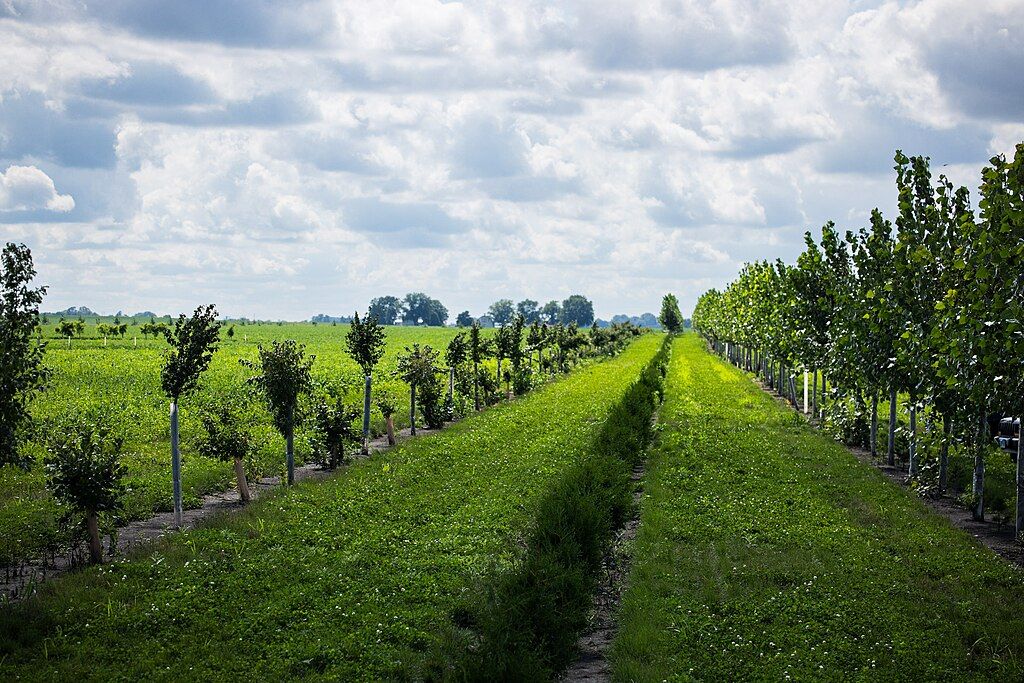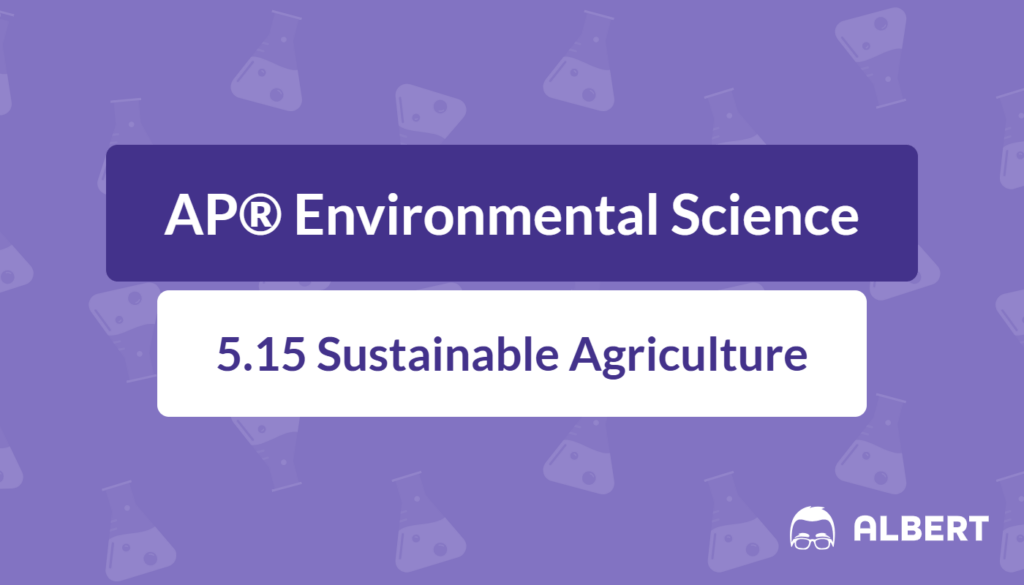What We Review
Introduction
Sustainable agriculture refers to farming methods designed to meet society’s food needs while conserving natural resources for future generations. These sustainable agriculture practices focus on preserving soil quality, minimizing environmental impact, and maintaining economic viability. Furthermore, sustainable agriculture plays a significant role in protecting biodiversity. It attempts to balance short‑term productivity with long‑term ecological health.
Many traditional farming methods degrade valuable resources through soil erosion, water pollution, and loss of natural habitats. However, implementing sustainable agriculture strategies helps ensure a more balanced ecosystem. The techniques in this guide reflect real‑world approaches to cultivating crops responsibly.
The following sections break down essential sustainable agriculture practices. Each approach is explained in simple terms and illustrated with an example to clarify how these methods work in real farming scenarios. Ultimately, the aim is to help readers understand why such methods remain crucial to long‑term ecological stability and food production.
The Importance of Soil Conservation
Soil conservation involves strategies designed to prevent or significantly reduce soil erosion. Soil erosion occurs when wind or water gradually wears away the upper layer of soil, often carrying nutrients and organic matter away from farmland. Consequently, it disrupts crucial natural processes such as plant growth and water filtration, which can negatively impact food production.
Moreover, eroded soil sometimes ends up in waterways. This can reduce water quality and harm aquatic ecosystems. In sustainable agriculture, preserving topsoil is essential because healthy soil supports robust plant growth, reserves water efficiently, and fosters beneficial organisms such as earthworms and microbes.
Example: Visualizing Soil Erosion and Conservation
Imagine a simple test plot of land on a slight slope. Without preventive measures, rainfall dislodges soil particles, carrying them downhill. Eventually, this sediment gathers in nearby streams. Over time, the farmland loses more topsoil, requiring additional nutrients and fertilizers to compensate for lost fertility. Now picture the same slope with a protective cover crop or contour plowing. The rain interacts with plant roots and ridges that slow water flow, leading to reduced soil loss. Overall, the second scenario demonstrates how soil conservation practices can preserve farmland productivity more effectively.
Key Sustainable Agriculture Practices
Soil Conservation Methods
1. Contour Plowing
- Contour plowing involves tilling the land along the natural contours of a slope, rather than in straight lines running downhill. Consequently, ridges form and act like tiny barriers that slow water runoff. These ridges promote water infiltration, reduce erosion, and help maintain nutrient‑rich topsoil.
Example: Step‑by‑Step Explanation of Contour Plowing
- Identify the slope’s contour lines using a simple land survey or a topographic map.
- Establish guidelines for plowing based on the natural curves of the terrain.
- Tilling equipment follows these guidelines, creating furrows at consistent elevations.
- The ridges created by these furrows trap rainwater, preventing it from rushing down the slope.
2. Windbreaks
- Windbreaks typically involve planting rows of trees or tall shrubs around the edges of a field to shield crops and soil from strong winds. As a result, the wind’s force is diminished, reducing the likelihood of wind erosion. Furthermore, windbreaks can offer a habitat for beneficial insects and reduce crop damage from heavy gusts.
Example: Setting Up a Windbreak Scenario
- Select tree species suited to local climate conditions.
- Plant them around the farm perimeter, leaving adequate spacing for growth.
- Allow the windbreak’s canopy to develop, which will soften wind impacts on the field inside.
- Observe decreased soil erosion and improved crop stability over time.

3. Perennial Crops
- Perennial crops are plants that live for multiple years, providing repeated harvests without needing replanting each season. These crops maintain continuous root structures, which help hold soil in place and improve soil health. Additionally, perennials often require less tilling, lowering potential disturbance to soil organisms.
Example: Benefits of a Perennial Crop on a Farm
- A farmer chooses a perennial crop such as alfalfa or certain types of grains.
- The deep roots reduce soil erosion caused by wind and water.
- After harvesting, the plant regrows, saving effort in replanting.
- Soil fertility remains more stable due to consistent coverage and limited tillage.
4. Terracing
- Terracing transforms a steep slope into a series of level steps, or terraces. Each terrace helps slow the movement of water, allowing more time for absorption by the soil. As a result, valuable nutrients stay in place instead of washing away.
Example: Step‑by‑Step Creation of a Terrace
- Survey the slope to decide the ideal size and spacing of terraces.
- Clear and level areas along the slope to form horizontal platforms.
- Build retaining walls or embankments to hold soil in place.
- Plant suitable crops on each terrace, reducing runoff and erosion.
5. No‑Till Agriculture
- No‑till agriculture minimizes soil disturbance by refraining from plowing after harvest. Instead, farmers plant seeds directly into residue left behind from previous crops. Consequently, the organic matter remains on top of the soil, protecting it from erosion and promoting healthy soil microbes.
Example: Comparison of Traditional vs. No‑Till Practices
- Traditional: Following a harvest, soil is plowed, potentially exposing it to erosion. Additional passes of heavy machinery can also cause compaction.
- No‑Till: Crop stubble stays in place. A specialized planter sets seeds through the residue, reducing erosion and retaining moisture.
6. Strip Cropping
- Strip cropping involves planting alternating strips of crops with different growth characteristics. These strips act as buffers, intercepting runoff and holding soil in place. Additionally, strip cropping can break pest cycles by rotating fields among various crop types.
Example: Setting Up a Strip Cropping Field
- Alternate rows of row crops (e.g., corn) with a covering crop (e.g., clover).
- Maintain consistent strip widths to foster effective wind or runoff control.
- Evaluate pest populations, potentially decreased by alternating crop layouts.
- Reap benefits of better soil stability and diversified farm production.
Strategies to Improve Soil Fertility
1. Crop Rotation
- Crop rotation entails planting different crops in sequential seasons or years. Various plants draw different nutrients from the soil, so rotating species helps maintain soil fertility. Moreover, crop rotation reduces the build‑up of pests and diseases that can target a specific crop.
Example: Planning a Crop Rotation Schedule
- Divide the farm into sections.
- Assign each section a crop category (e.g., legumes, cereals, root vegetables).
- Move each crop category to a different section the following season.
- Assess soil nutrient content regularly to confirm that rotation is maintaining balance.
2. Green Manure
- Green manure involves growing nutrient‑rich cover crops (e.g., clover, rye) and then tilling them into the soil before they fully mature. This practice adds organic matter, improves soil structure, and boosts essential nutrients.
Example: Steps for Using Green Manure on a Farm
- Select a cover crop based on local conditions.
- Plant and allow it to grow until just before flowering.
- Incorporate the cover crop into the soil using light tillage or specialized equipment.
- Notice improvements in soil texture, fertility, and water retention in subsequent plantings.
Integrated Livestock Management
Rotational grazing is a method in which livestock are regularly rotated among different pasture areas. Therefore, each section of land has time to recover and regrow. This system prevents overgrazing, maintains healthy grassland, and helps distribute nutrient‑rich manure evenly.
Example: Planning a Rotational Grazing Timetable
- Divide the grazing area into multiple paddocks.
- Estimate the time livestock can remain in each paddock without damaging vegetation.
- Move the animals to the next paddock before they overgraze.
- Let the newly vacated paddock recover, ensuring grass regrowth is adequate prior to reuse.
Consequently, rotational grazing promotes multi‑layered benefits. It keeps soil covered, fosters robust grass growth, and maintains stable habitats for pollinators. Furthermore, the balanced manure distribution reduces the risk of nutrient buildup in any single area.
The Future of Sustainable Agriculture
Although sustainable practices offer substantial benefits, farmers still face challenges. Rising land costs, limited resources in certain regions, and access to modern technology can hinder the widespread adoption of soil conservation and integrated livestock methods. However, research, innovation, and policy support aim to expand these practices globally.
Moreover, technological advancements—such as precision agriculture tools—make it easier to measure soil health, track moisture levels, and apply resources more efficiently. These innovations can amplify the results of well‑established methods like contour plowing, windbreaks, and crop rotation. Consequently, combining traditional knowledge with new solutions can help farms remain both productive and environmentally sound in the coming decades.
Embracing sustainable agriculture ensures the preservation of vital resources. Better soil quality, enhanced biodiversity, and reduced greenhouse gas emissions are among the long‑term benefits. Therefore, the commitment to sustainable methods stands as an essential solution for managing the planet’s rapidly growing food demands.
Important Vocabulary
- Soil Erosion – The process in which soil is worn away by wind, water, or other natural forces.
- Contour Plowing – Tilling land along the natural curves of a slope to stop runoff and erosion.
- No‑Till Agriculture – A farming approach where soil disturbance is minimized by planting seeds directly into residue.
- Rotational Grazing – Moving livestock between grazing areas to prevent overgrazing and maintain healthy grassland.
- Green Manure – Cover crops grown and then tilled into soil to enhance its fertility and structure.
Conclusion
Sustainable agriculture provides tools for balancing food production needs with the responsibility of conserving resources for future generations. Strategies such as soil conservation, crop rotation, and rotational grazing are increasingly recognized for their capacity to protect soil, enhance productivity, and reduce environmental damage. Students preparing for the AP® Environmental Science exam can benefit from understanding these tactics and their underlying benefits. By using methods that preserve soil health and biodiversity, agricultural systems stand a better chance of remaining productive and resilient under changing environmental conditions.
Sharpen Your Skills for AP® Environmental Science
Are you preparing for the AP® Environmental Science test? We’ve got you covered! Try our review articles designed to help you confidently tackle real-world AP® Environmental Science problems. You’ll find everything you need to succeed, from quick tips to detailed strategies. Start exploring now!
Need help preparing for your AP® Environmental Science exam?
Albert has hundreds of AP® Environmental Science practice questions, free response, and full-length practice tests to try out.








